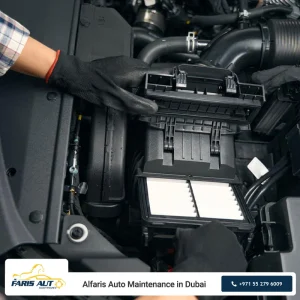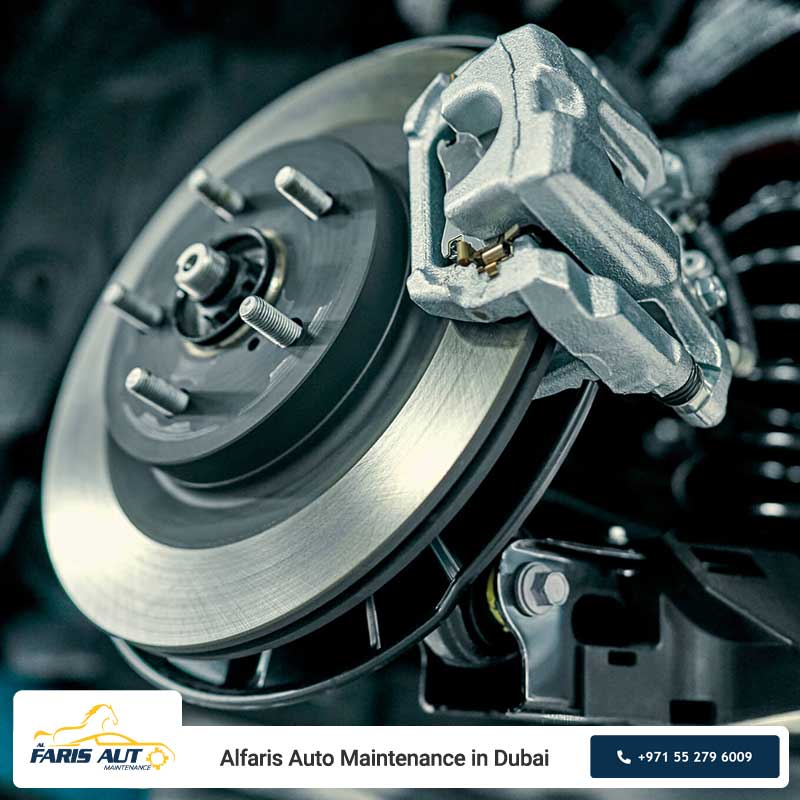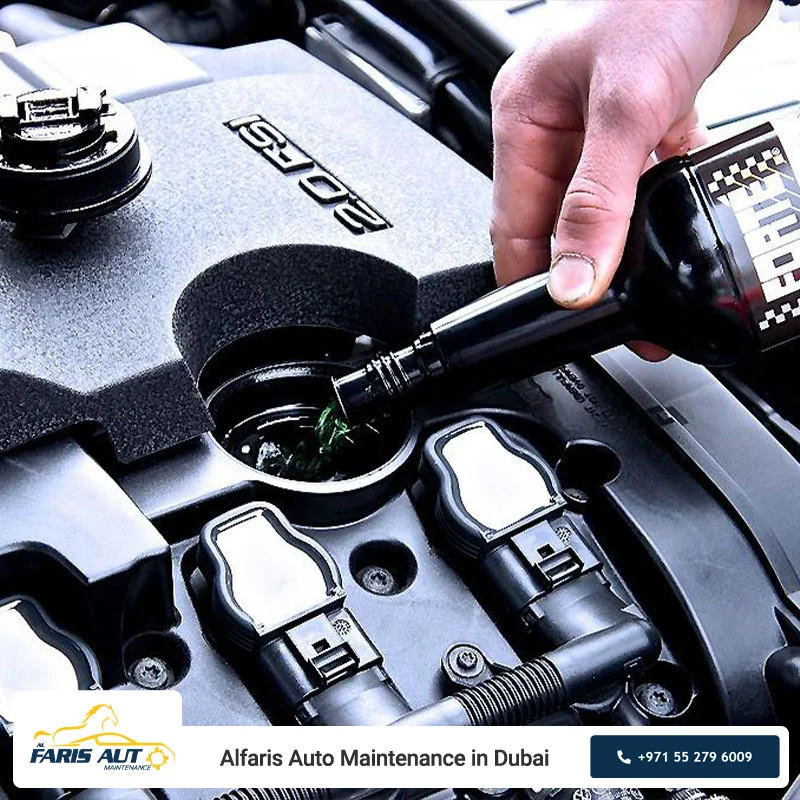In the world of modern vehicles, these days we encounter terms such as ECU, TCU, and the like. In this article, we intend to discuss the function of the ECM and answer the question: What does the ECM do in a car? Electronic Control Units (ECU) play a very important and vital role in the overall functioning of a vehicle.
One of the most important of these units is the ECM or Engine Control Module, which is known as the electronic brain of the engine. The ECM, also called the engine control unit, plays a key role in optimizing engine performance, reducing fuel consumption, and lowering emissions. Simply put, the ECM controls and manages all the critical processes of the engine, ensuring it operates under the best possible conditions.
The ECM is a type of ECU (Electronic Control Unit) specifically designed for engine control. The importance of the ECM in today’s vehicles is such that without a functioning ECM, the vehicle’s engine cannot operate properly or efficiently. This electronic unit receives information from various sensors and makes necessary decisions to adjust fuel delivery, ignition timing, and other engine parameters. In this article, Alfars Auto, a professional car repair shop in Dubai, will provide a detailed examination of the ECM definition, its components, how it works, and the critical importance of this control unit in vehicles.
In the article “What Does the ECM Do in a car?” we will cover:
What is the ECM?
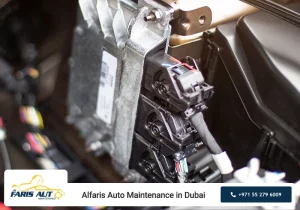
To understand what does the ECM does in a car?, we must first understand what the ECM is? The ECM or Engine Control Module is a unit that acts as the electronic brain of the vehicle’s engine. This electronic component is responsible for controlling and managing the engine’s performance and processes the data received from various sensors to provide the best operating conditions for the engine. In other words, the ECM decides how much fuel should be injected, when the spark plugs should ignite, and how the engine should operate under different conditions.
Repairing the ECM requires high expertise and experience due to its electronic and software complexities. In this field, Alfars Auto, as a specialized car repair center in Dubai, offers professional services for electrical repairs and all types of ECU and ECM. When the ECM malfunctions, it can severely affect engine performance and may even cause the vehicle to stall.
The history of the ECM dates back to the 1970s when the Japanese electronics industry began producing integrated circuits and microcontrollers used for engine control. The Ford EEC system, produced in 1975 using the Toshiba TLCS-12 microprocessor, was one of the first electronic engine control systems. Then, in 1979, Bosch introduced the first engine management system called Motronic 1.0 in the BMW 7 Series, which added ignition control to the fuel injection system.
In 1981, Delco Electronics produced ECU units used in Chevrolet and Buick vehicles, and by 1988, the company was manufacturing over 28,000 ECU units daily. These developments highlight the growing importance of the ECM in improving vehicle performance.
What Are the Components of the ECM?
The ECM consists of several hardware and software components that work together to optimize engine performance. Understanding these parts is essential to fully answer the question of What Does the ECM Do in a car? Below are the main components of the ECM:
- Central Processing Unit (CPU) of the ECM: The brain of the control unit that processes input data and makes necessary decisions.
- Memory units (ROM, RAM, EEPROM): Different types of memory used to store software, temporary data, and adjustable settings.
- Inputs and Outputs (Sensors): Various sensors that send environmental and engine data to the ECM, and actuators that execute the commands issued by the ECM.
Important sensors connected to the ECM include:
- Engine Temperature Sensor: Measures engine temperature so the ECM can adjust fuel delivery and ignition timing.
- Oxygen Sensor (O2 Sensor): Measures the oxygen level in exhaust gases to optimize the air-fuel ratio.
- Crankshaft and Camshaft Position Sensors: Provide precise information about the position of moving engine parts.
- Air Pressure Sensor (MAP or MAF): Measures the amount of air entering the engine.
- Throttle Position Sensor (TPS): Reports the throttle valve opening to the ECM.
Actuators controlled by the ECM include:
- Fuel Injectors: Control the amount of fuel injected into the engine.
- Ignition Coils: Adjust the timing and intensity of spark ignition.
- Electronic Throttle Control (ETC) Motors: Precisely control the throttle valve to regulate engine speed.
- Cooling Fans: Activate fans when engine temperature rises.
Additionally, the ECM’s internal printed circuit board (PCB) connects and communicates with these components in Types of Car Engines, and processes data using chips and integrated circuits.

Contact with AlFaris
You can contact our experts for free consultation, discuss the type of problem or service you are requesting, and arrange for your presence.
How does the ECM work?
Here we answer the main question: What does the ECM do in a car? The ECM operates in a continuous cycle of receiving information, processing it, and sending commands. First, various sensors send environmental and engine data to the ECM. These data include temperature, pressure, position of engine parts, oxygen levels, and more.
Then, the internal software of the ECM processes this information using fuel maps and ignition timing charts. For example, if the engine temperature sensor indicates the engine is cold, the ECM increases the amount of fuel injected to warm up the engine faster. Or, if the oxygen sensor detects excess oxygen in the exhaust gases, the ECM adjusts the air-fuel ratio for optimal combustion. Considering the impact of temperature on engine performance, we also recommend reading the article on The Impact of Hot Air on Car Engines.
After processing, the ECM sends commands to the actuators. For instance, injectors open or close, ignition coils fire sparks, and the electronic throttle adjusts accordingly. This process ensures the engine performs optimally under different driving conditions such as acceleration, climbing hills, or idling. Additionally, the ECM plays an important role in controlling auxiliary systems like the catalytic converter and exhaust system to reduce emissions. The ECM also functions as a diagnostic system, storing error codes such as code P1605 that can be read by diagnostic tools (OBD). Another important feature of the ECM is its software update capability, allowing performance improvements and adjustments based on new conditions or technical upgrades.
The Importance of ECM Performance in Vehicles
What does the ECM do in a car? It can be said that the ECM, as the electronic heart of modern vehicles, plays a crucial role in ensuring optimal performance, safety, and reducing maintenance costs. Proper ECM function has a direct and significant impact on vehicle efficiency and safety.
The primary and most important benefit of the ECM is improving engine efficiency, meaning reduced fuel consumption and increased power output. By precisely adjusting the air-fuel ratio and ignition timing, the ECM ensures the engine operates at maximum efficiency. On the other hand, reducing emissions is one of the main goals of ECM design. By accurately controlling combustion and managing the exhaust system, the ECM helps protect the environment and keeps the vehicle compliant with modern standards.
Proper ECM operation also extends the engine’s lifespan and related components. Optimal fuel and spark settings prevent potential engine damage and allow the vehicle to run longer without issues.
From a safety standpoint, the ECM prevents sudden and dangerous failures by precisely controlling engine and powertrain systems. For example, in vehicles equipped with advanced systems, the ECM can respond appropriately during critical situations such as wheel slip or sudden power loss.
ECM failure can cause serious vehicle performance problems that significantly increase repair costs. Therefore, timely maintenance and repair of the ECM are highly important. Early diagnosis of malfunction symptoms and visiting reputable repair centers like Alfars Auto can prevent serious issues. Residents of Dubai can receive free consultation for Car Engine Repair in Dubai services from Alfars Auto.
Summary of ECM Performance in a Car
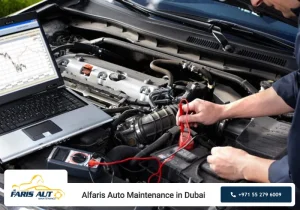
So, what does the ECM do in a car? In short, the ECM, or Engine Control Module, is a vital unit that manages and controls various engine functions to ensure optimal performance, fuel efficiency, and reduced emissions. By receiving and processing sensor data, the ECM optimizes engine performance, reduces fuel consumption, and controls emissions. The ECM consists of multiple hardware components and uses advanced software to make critical decisions for engine operation.
The importance of ECM performance in vehicles is undeniable, as this control unit enhances efficiency, reduces fuel and repair costs, and improves safety. Timely repair and maintenance of the ECM, especially by specialized centers like Alfars Auto, can prevent serious problems and extend the engine’s lifespan. With advances in electronic technologies, the role of the ECM in future vehicles is expected to become even more critical, using artificial intelligence and advanced algorithms to significantly improve engine performance.
